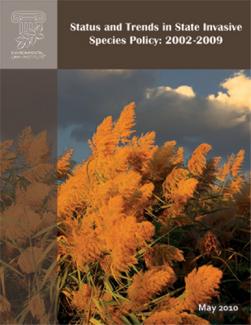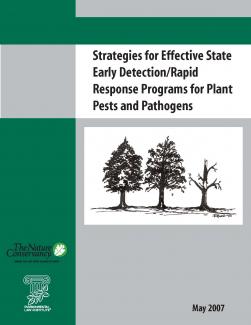Status and Trends in State Invasive Species Policy: 2002-2009

Status and Trends in State Invasive Species Policy: 2002-2009 reviews developments in state laws and regulations governing invasive species in eleven states. It finds that invasive species laws and regulations are often fragmented and incomplete and have developed primarily on a species-by-species basis in response to crisis. As a result, they often fail to address potential future invaders or close off known invasion pathways.
